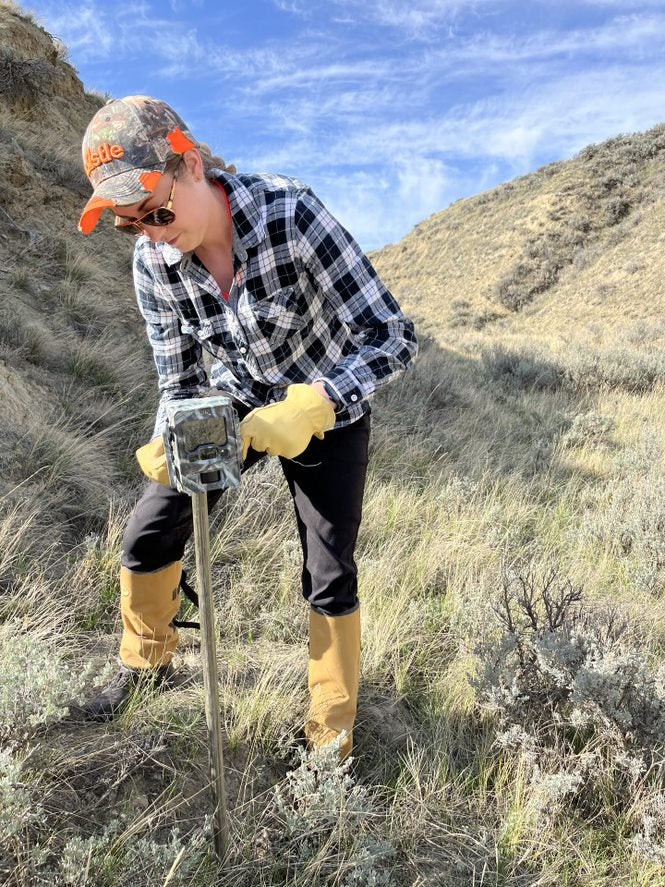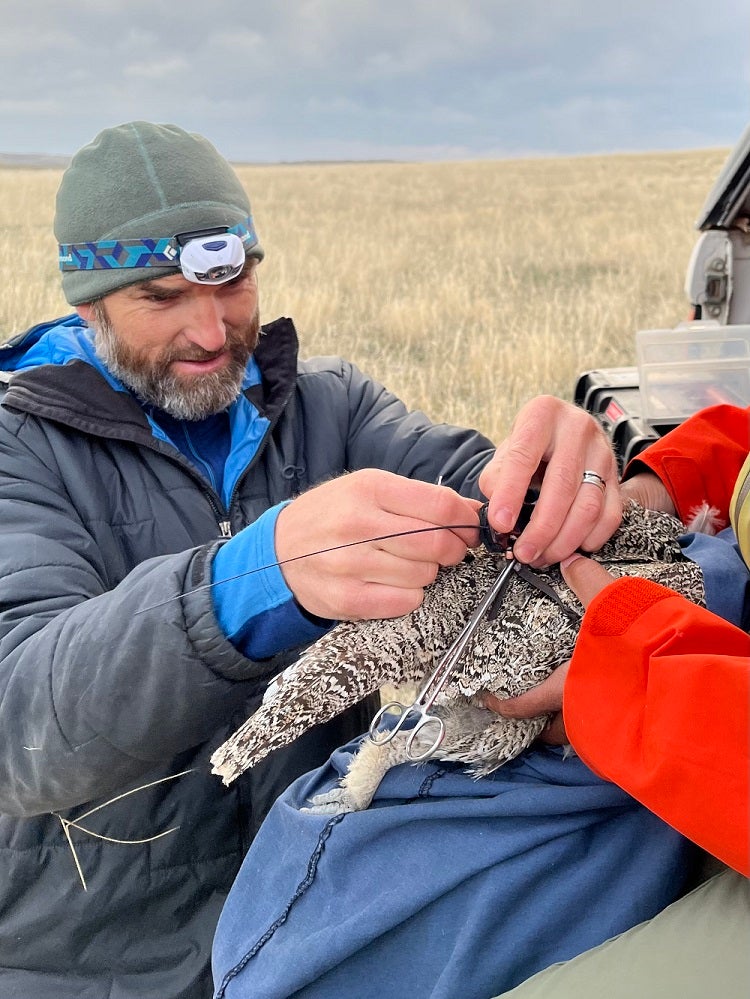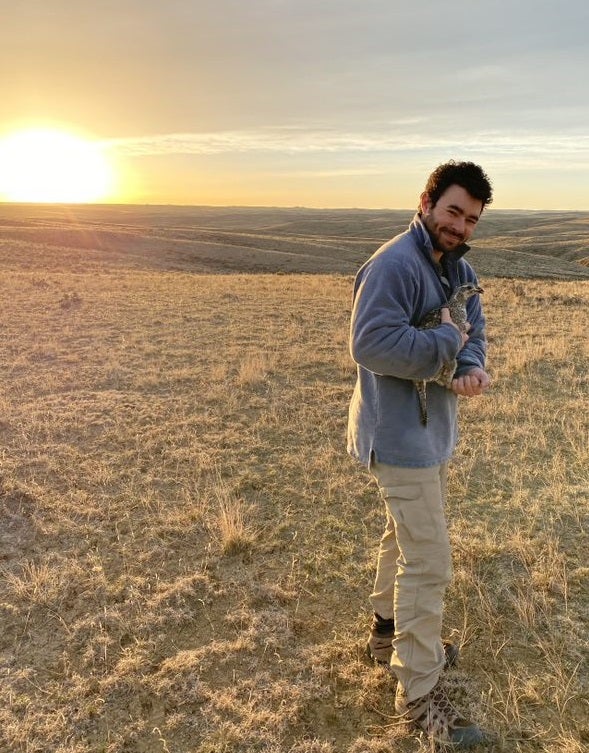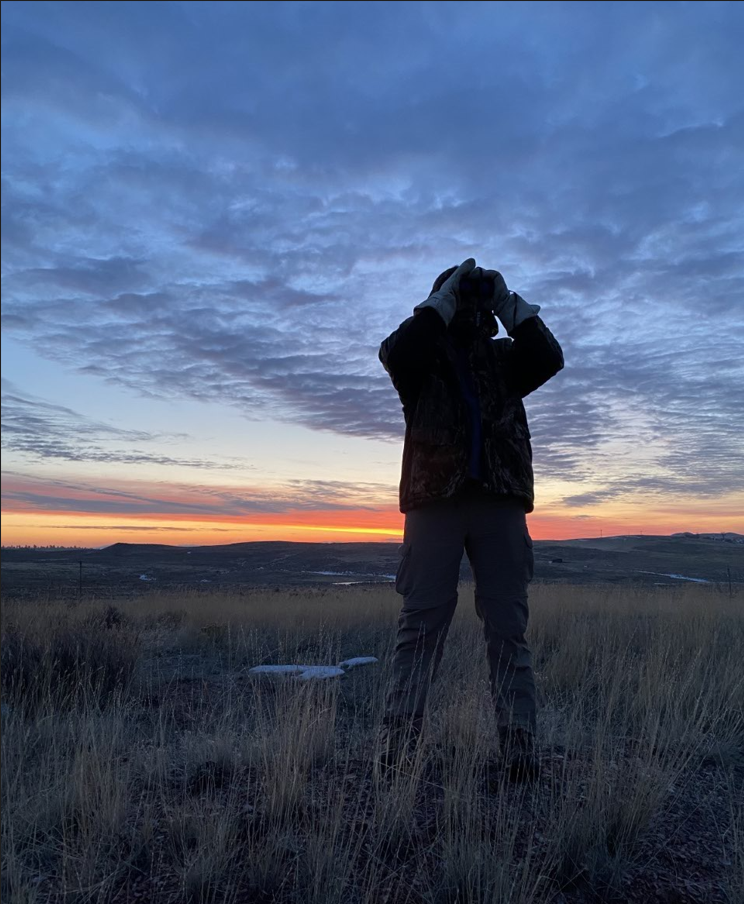Field work chasing animals: Is it worth it?
We humans have been trying to understand where animals are - and why they are there - since before we were humans. This atavistic motivation expresses itself in the modern world in many ways. We go outside to re-create ourselves. We chase birds with binoculars and drive miles to national parks to see what remains of large mammals in North America. Those with more resources travel to Africa to safari. Many people fish. Fewer people hunt. When we apply the scientific method, fuelled by this motivation, we are studying wildlife ecology.
My research group tries to understand the distribution and abundance of wildlife populations. Most of our research focuses on applied questions relevant to the management of wildlife populations. In academia we measure our impact with obscure metrics surrounding how many papers we publish and how many times those papers are cited. In addition to those metrics, our research group is also concerned with the number of acres influenced, populations managed, and wildlife impacts mitigated.
All these goals require data. To get that data, we have to go outside and find animals. There are many challenges in this type of field work. The weather can be fierce. The waiting can be tedious. The failures are many. The fatigue is pervasive and oppressive. There are many more ways for things to go wrong, then for things to go right. The field provides many challenges. Elusive animals, suspicious landowners, broken motors, trucks stuck in the mud, etc.


These challenges aren't so bad. I like getting my hands dirty.
However, the most difficult issues are the metaphorical mountains that we must summit before we can climb the literal mountains to study animals.
Field work is expensive, and grants are highly competitive and must be filtered through the bureaucracy of the Research Office at every step. Once the funding is secured, we need to meticulously manage our budgets and write regular progress reports. Research on animals requires extensive Animal Care, use and reporting. The Safety Office demands stacks of documentation detailing how we will mitigate the dangers of ATVs, trucks, boats, planes, helicopters, trailers, bears, snakes, moose, mountain lions, isolation, and extremes in heat and cold, etc. Hiring field personnel requires recruiting, interviewing, and navigating the labyrinth of Human Resource requirements. Housing and travel must be organized. International field work - like much of the work in my research group - makes all of these things exponentially more difficult. All of this to gather data which then requires traversing the rugged landscapes of data management and complex analyses.... and don't get me started on the publication process.
So, is it worth it?
Honestly, I don't know.


But when the weather is right, the animals cooperate, the crew of people are engaged, the data flow, and you learn something new - something no one has ever learned before - when you answer your unanswered questions.... It is difficult to ignore that atavistic drive and I find myself writing the next proposal.
Photos by Fedy Wildlife and Molecular Ecology Lab members Chris Kirol, Jordan Reynolds and Nathan Joakim.